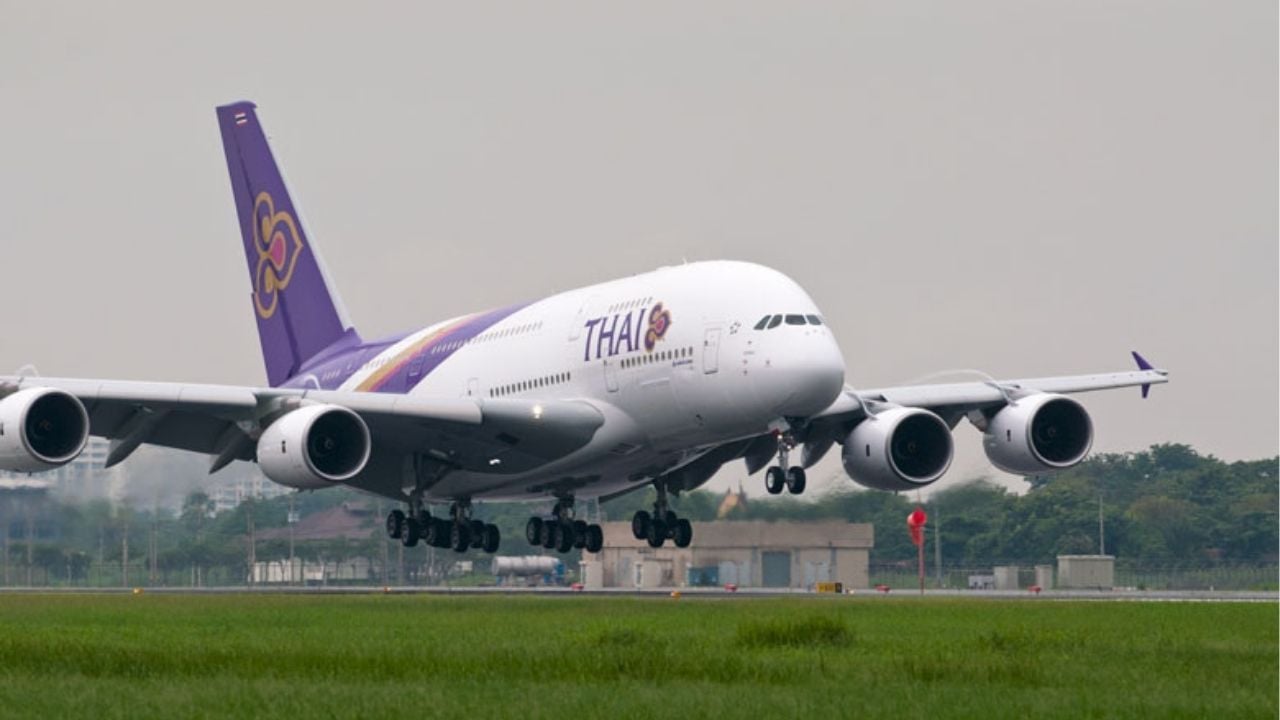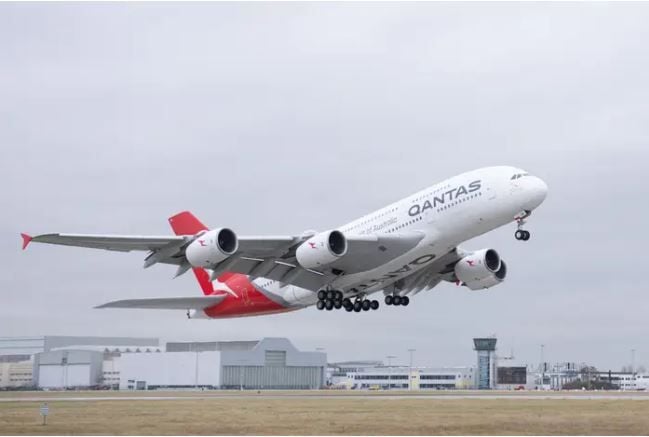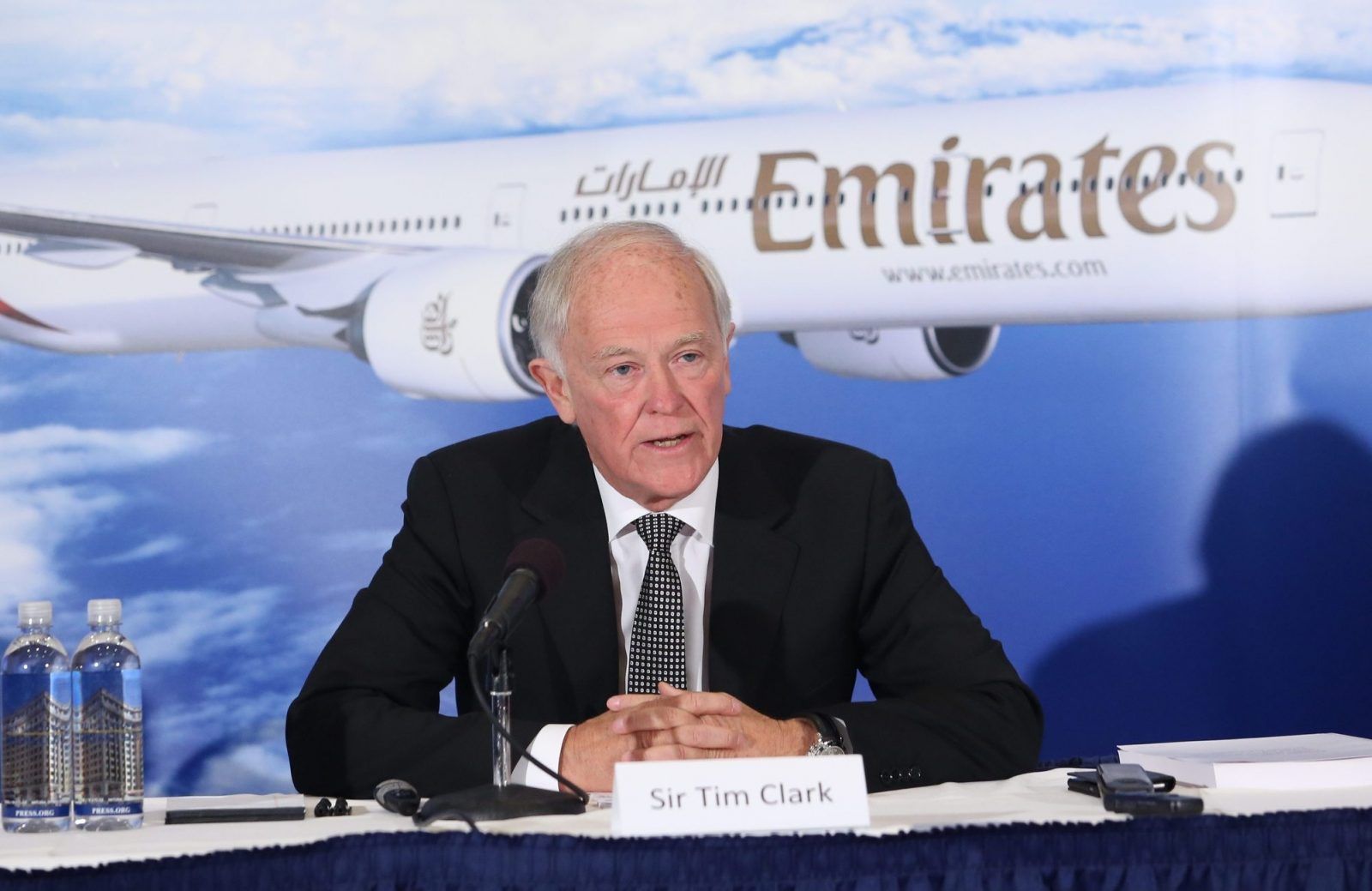‘Flying Giant’ A380 becomes a costly nightmare for airlines
Airlines face steep maintenance demands with few alternatives for high-capacity long-haul flights

Two decades after its maiden flight, the Airbus A380 is back in demand as international travel roars back to life post-Covid. But while passengers may love its spacious cabins, airlines are groaning under the weight of its soaring maintenance costs.
The European Union Aviation Safety Agency (EASA) has issued 95 airworthiness directives for the aircraft since 2020, more than double the number applied to Boeing’s largest jets. The directives cover everything from leaking escape slides to cracked landing gear sealants, sparking concerns over the aircraft’s long-term sustainability.
The A380’s revival comes at a price. With newer, fuel-efficient planes like Boeing’s 777X and Airbus’s A350 in short supply, airlines have little choice but to stick with the jumbo jet. Yet each plane demands around 60,000 hours of labour for a full maintenance check, a number that’s proving hard to stomach.

EASA admitted that the aircraft’s sheer complexity, with 4 million parts sourced from 1,500 companies, makes it more prone to wear and tear.
“Safety remains paramount,” the agency said.
ดูโพสต์นี้บน Instagram
Mechanical hiccups are already wreaking havoc. A Qantas A380 recently suffered fuel-pump issues en route from Sydney to London, and British Airways saw one of its aircraft stuck in Manila for over 100 days undergoing repairs. Still, both carriers are doubling down, with British Airways even investing in cabin upgrades.
Singapore Airlines, Lufthansa, and Emirates have all reaffirmed their commitment to the A380, citing its unrivalled capacity for long-haul routes. Emirates President Tim Clark confirmed the superjumbo will remain in the fleet until at least the end of the decade.

Many of the latest faults are linked to the aircraft sitting idle during the pandemic. In May, regulators ordered airlines to replace inflatable emergency slides due to split seams, while ruptured axles and cracked landing gear fittings have also emerged, Bangkok Post reports.
Rising costs for parts, servicing, and engine repairs, compounded by ongoing supply chain issues, have added to the burden. Eddy Pieniazek from aviation consultancy Ishka pointed out that the A380’s four-engine design makes it especially expensive to maintain.
Despite the soaring costs, for now, the A380 isn’t going anywhere, especially with no real replacement in sight.
Latest Thailand News
Follow The Thaiger on Google News:


























